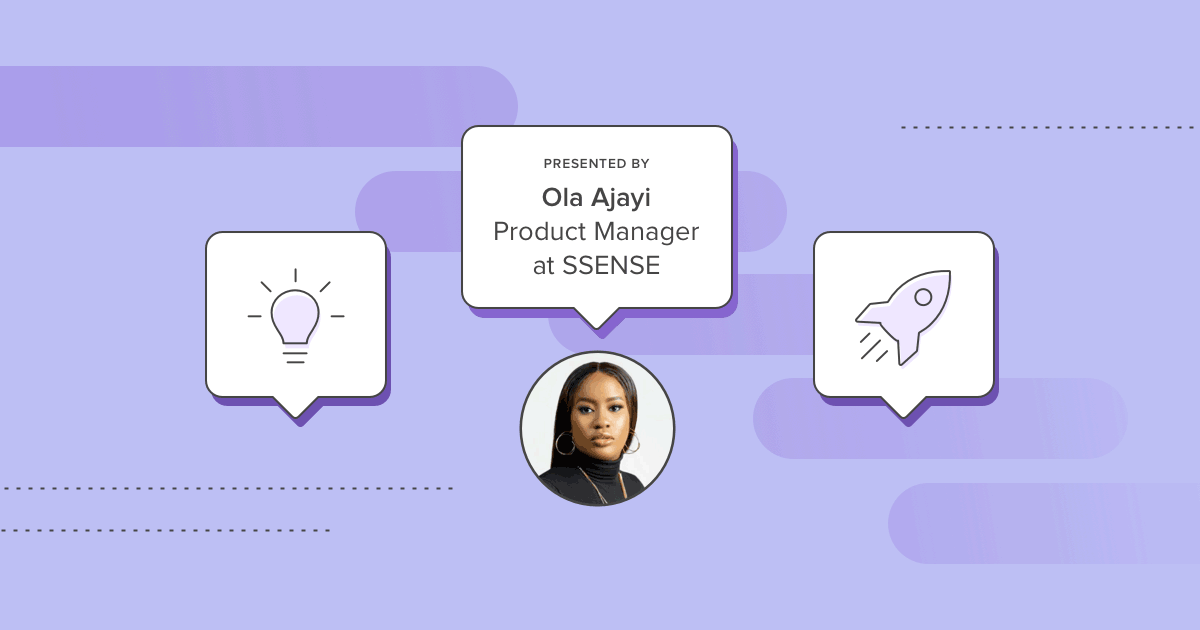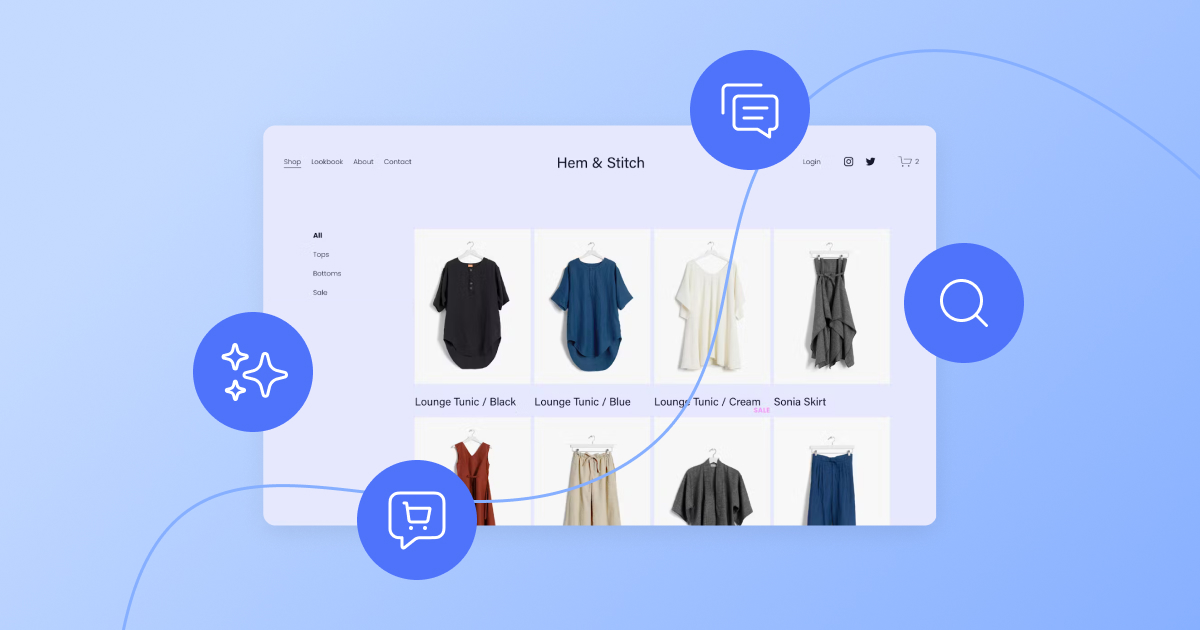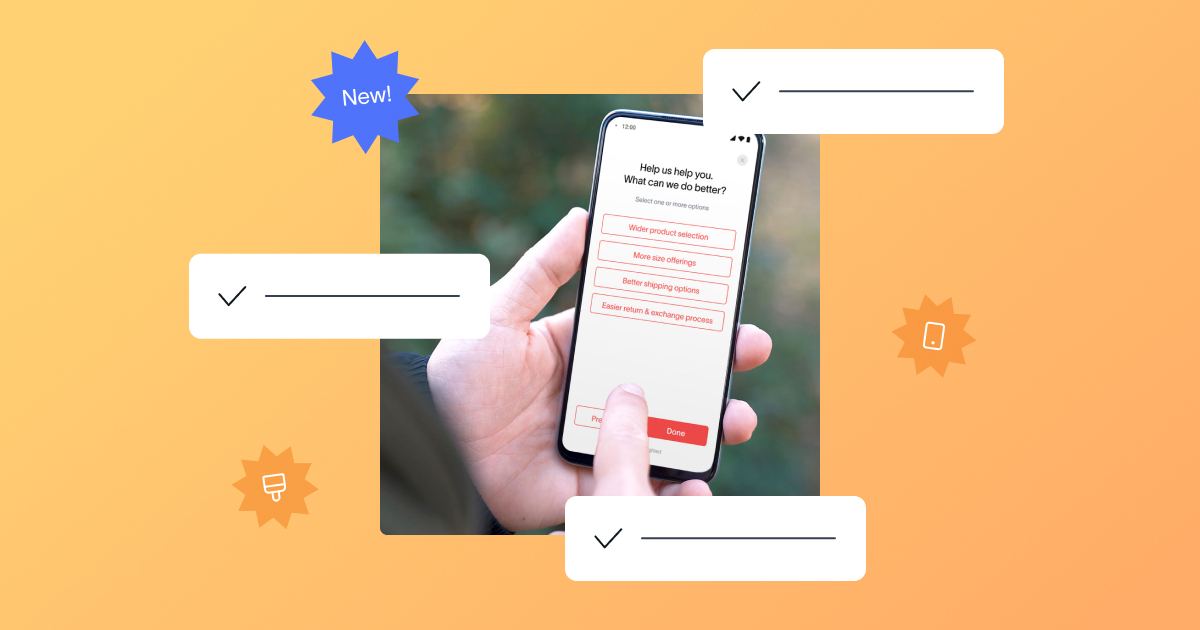This article was written by Ola Ajayi, Senior Product Manager at Orium and former Product Manager at SSENSE.
Product development gives companies a way to explore new product ideas, upgrade existing products, and learn what potential customers want in the early stages of the development cycle.
Mastering each stage of product development, and perfecting them in your organization, can lead to greater development efficiency, more transparent and collaborative processes, and most importantly, a better-finished product.
What is product development?
Product development is the end-to-end process of delivering a new product or upgrading an existing product.
It is important to understand that each company is unique and in a unique industry – and although the basic product development stages are similar, it is often iterated or refined to best fit the company.
No matter what, you’re going to need to think of your product development process in terms of stages – and have a plan for how to handle each of those stages appropriately.
Stage 1: Idea generation and market need
Everything starts with your initial brainstorming and ideation.
Before a new product idea or feature is developed, product managers need to decide what to build. Validating what type of product will provide value to the user and the business is one of the critical roles of a product manager.
There are many ways to get inspiration for a new product idea. For example, you could start by looking at contemporary businesses in the market; are there business models that your product could feasibly improve? Or, is there a good market fit that your product could fill?
As you start to come up with new product ideas, make sure you consider the following:
- Market need/User value: It is often said that product managers represent the users within the company. Understanding and validating user problems helps you avoid the struggle for adoption because you have built products and features to solve the problems validated from your market research. More to come on this in Stage 2.
- Strategic fit: Successful product ideas get buy-in from leadership and cross-functional stakeholders once they align well with the business strategy at every level. It is important that your product ideas align with the overall business strategy, contribute to team goals, and drive company objectives forward in a meaningful way.
- Business value: Solving relevant user problems provides lasting value to the business. For example, let’s say that you initiate a project that improves product delivery time in a retail company, which would ultimately improve customer satisfaction. This boost in customer satisfaction can drive better customer reviews, improve customer retention, and increase revenue.
TIP: Creating a product positioning strategy can also help your brainstorming and research process.
Stage 2: Quantify the opportunity
After Stage 1, you’ll likely have a handful of promising ideas. But before you start investing in your new product ideas or taking financial risks, it’s important to take a closer look at the concept. Is this product idea truly worth developing and how can you validate that?
These are some of the tools that can help you during this stage:
- Surveys. Product/market fit (PMF) surveys are short, easy to create, and easily accessible to customers – and they can be an ideal way to learn about whether your product is a good fit for your desired target market. You can gather quantifiable data through all types of customer surveys to validate your product concept while also building the product based on a newfound understanding of customer values, perceptions, and needs.
- Focus groups and interactions. You can also ask your audience directly through in-depth interviews to see if there is a problem in the market that your solution can fix. Or to validate your concept, you can ask if your customer would actually use and see value from the product.
- Competition. Do competitive research to find out what competitors have as similar products already on the market and consider how your product will compete with them.
- Financials and logistics. You will also need to consider financials. How much money will it take to develop and produce this product? How are you going to get it into the hands of customers?
Stage 3: Product design
After you’ve narrowed down your ideas and developed a product concept that aligns well with your overall company goals and user/market needs, you must consider the concept planning of your product – what are its core features? What other features could help it to stand out? How is it going to be distinguished from the competition? What are the key obstacles to its development?
In the design stage, you will also need to consider:
- Brainstorming: The design and product teams will brainstorm different solution ideas, using the product constraints as guardrails.
- Prioritization: The teams will also work together to continually prioritize and prototype solution ideas. Here, you will need to leverage your understanding of user problems, viability, and constraints to inform the product design.
- Testing: Prototypes are created, tested with users, and adjusted based on feedback learnings. A prototype is the representation of a product design using fun applications like Balsamiq, Invision, or the good old sketches on paper.
- Design Approval: The product manager ensures that the leadership teams are well aligned on the design prototype by conducting design reviews, updating the requirement document, and kicking off the project.
Stage 4: Product development
At this stage, the product idea has been approved and the design process has been completed.
Product development is kicked off by:
- Preparation: The product manager defines milestones, and the technical lead creates the technical specification document and estimates the time and effort needed for development.
- Executing: The product manager helps facilitate the discussion and provides actionable feedback that can be used to inform the next execution cycle.
- Risk Management: The product manager actively takes steps and actions to manage risk and keeps the project on track.
Stage 5: Product launch
The final stage of product development is the actual product rollout. Most products will require continued refinement through improvements and iterations.
Product launch tasks typically include:
- Launch Coordination: These are the tasks and activities that go into putting a final product into the hands of potential customers. For example, most product launches are staged to release complete product features to all markets over time or complete product features to more markets over time, or a combination of the two.
- Product Performance: The performance of your product is evaluated after the launch, to see how the final product matches up to the goals of user value by solving the problems it was built to solve, and business value for the organization. This can be done by sending a feedback survey with any customer survey type.
- Communication: The goal of communicating post-launch is to share the impact of the product launch with the stakeholders, share learnings, and improve the next steps in decision making.
Is your business undergoing changes to your product development process? Are you interested in better understanding your product/market fit (PMF) or your customers’ attitudes? Delighted has the tools you need. Use our customer experience solution to send PMF surveys or try our product survey templates to perfect your product development process with real-time feedback.
Additional product development resources
- Product positioning: 5 tips for improving your strategy
- 4 reasons Net Promoter Score matters to product management teams
- How to measure and track product/market fit
- Product-led growth: A product manager’s insight into growth hacking
- 10 best product survey questions to gather customer feedback
About Ola Ajayi
Ola is a Senior Product Manager at Orium and mentor at Product Gym. She previously worked at an e-commerce retail company, SSENSE, as a Product Manager. She started off her career in software engineering and pivoted to product management when she found out how exciting and rewarding she felt managing stakeholders and breaking down complex technical terms into relatable information.
Ola finds going through the product development life cycle – from the discovery stage to the delivery of great products while aligning with stakeholders – fulfilling.
Ola currently works and lives in Calgary, she spends her free time with family, staying healthy, and engaging in various self-care routines.







